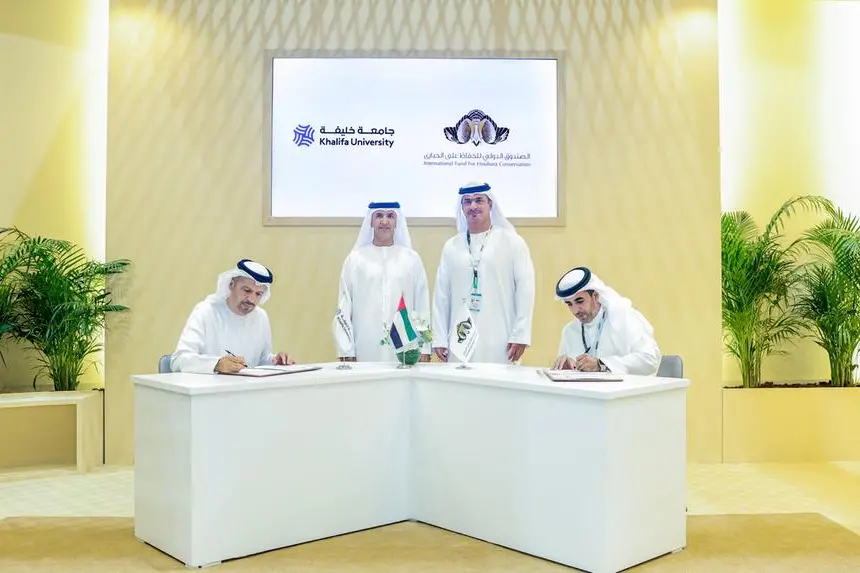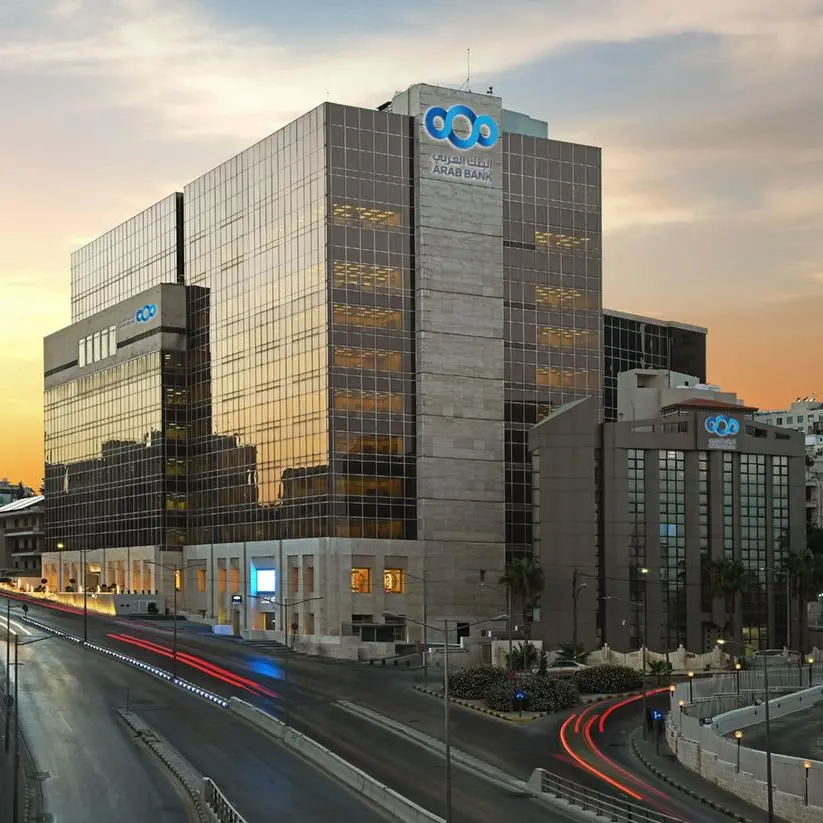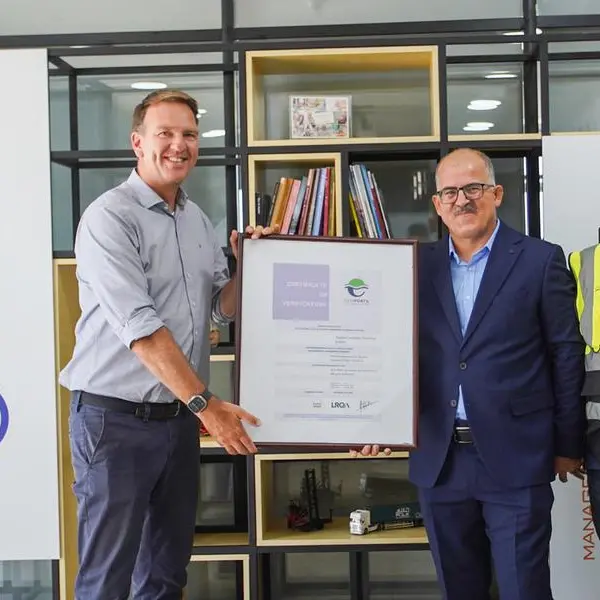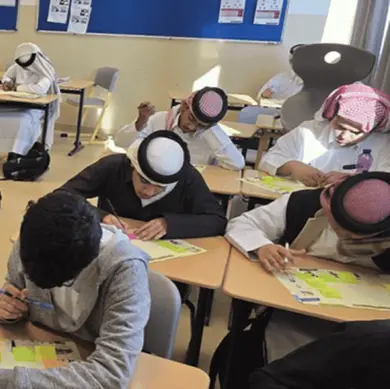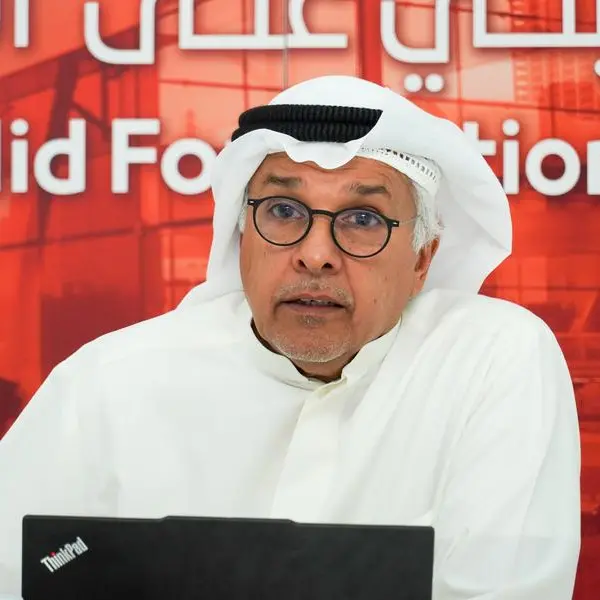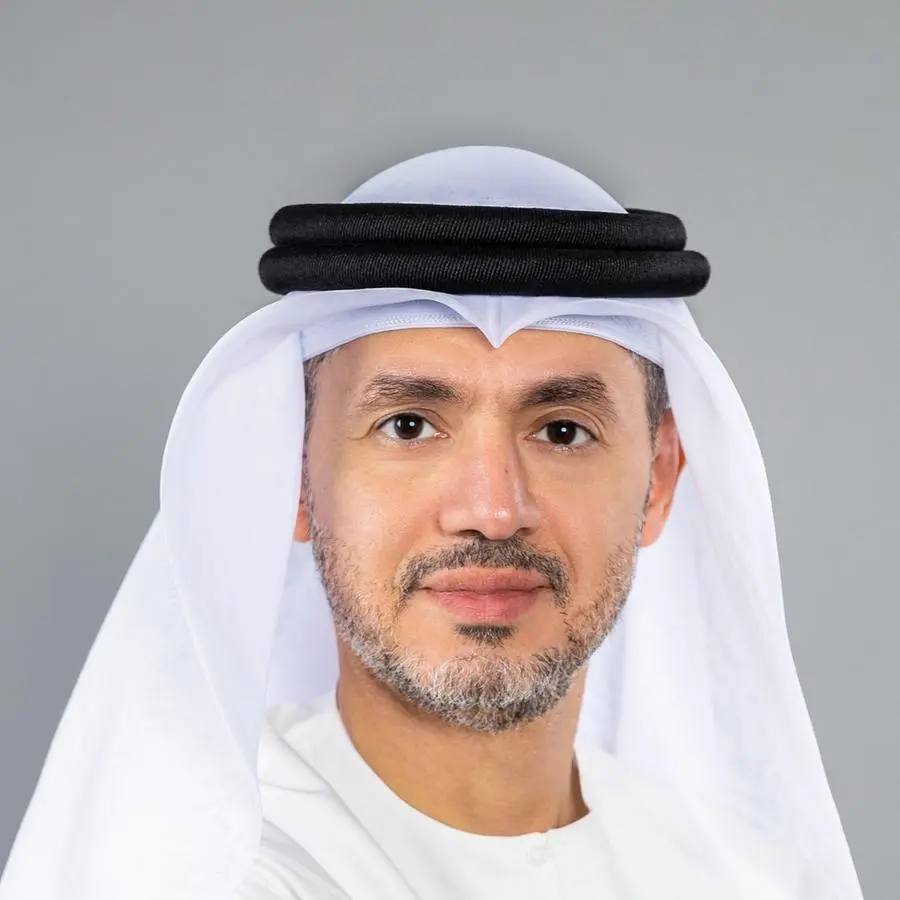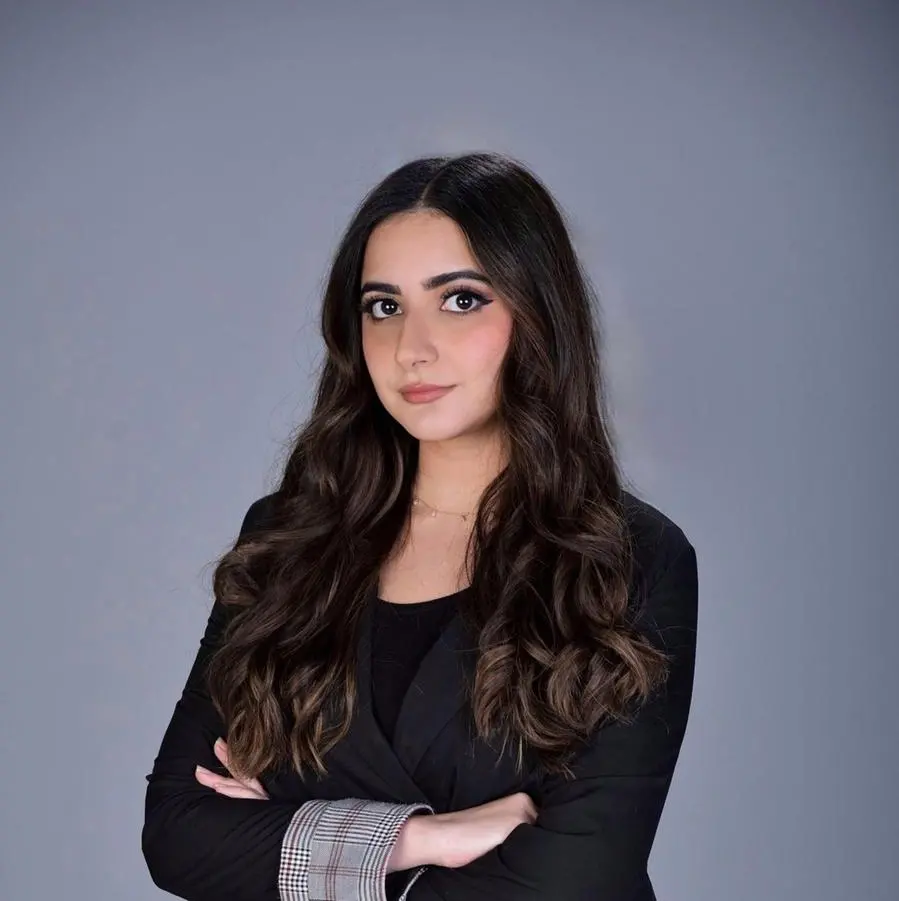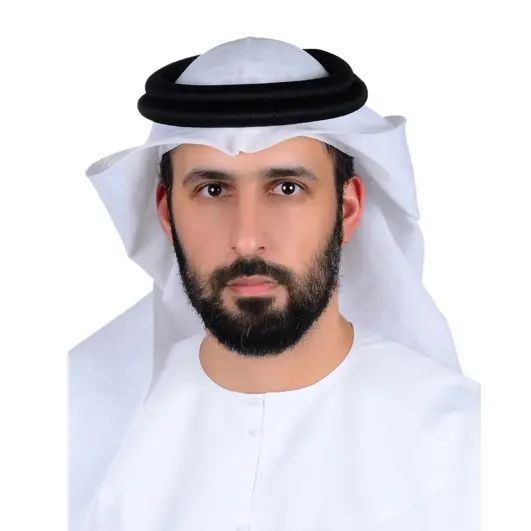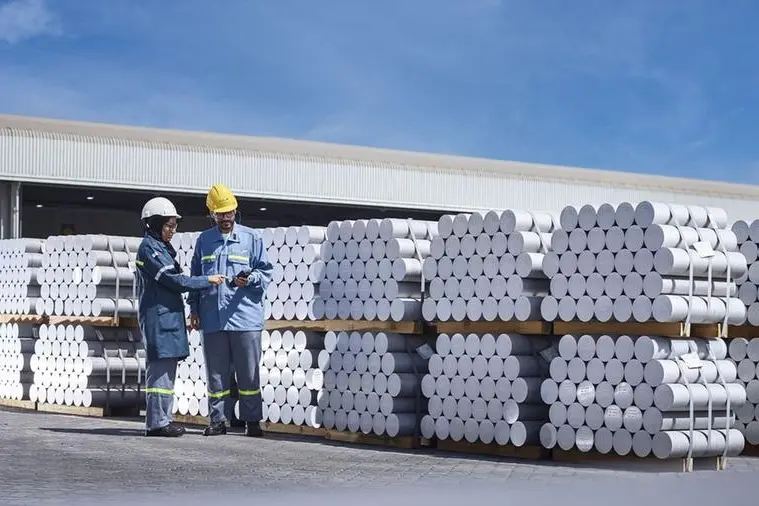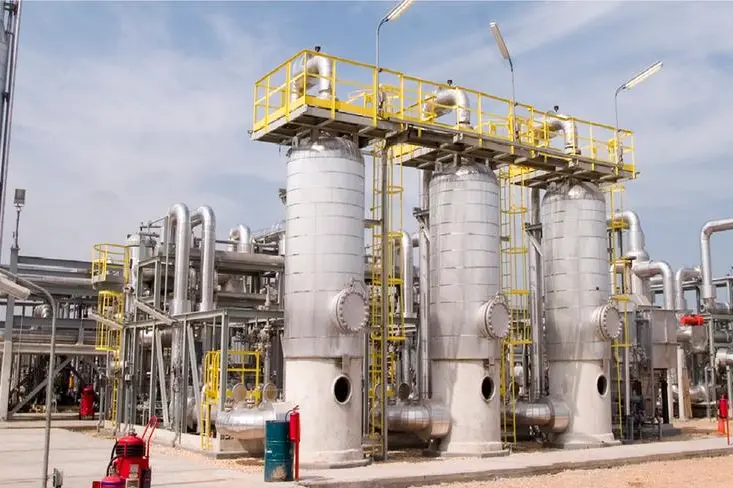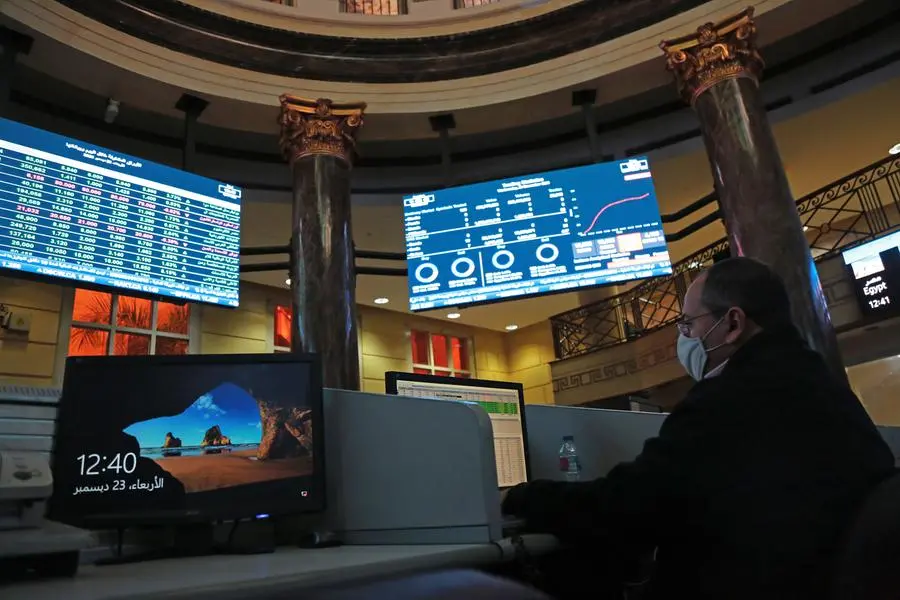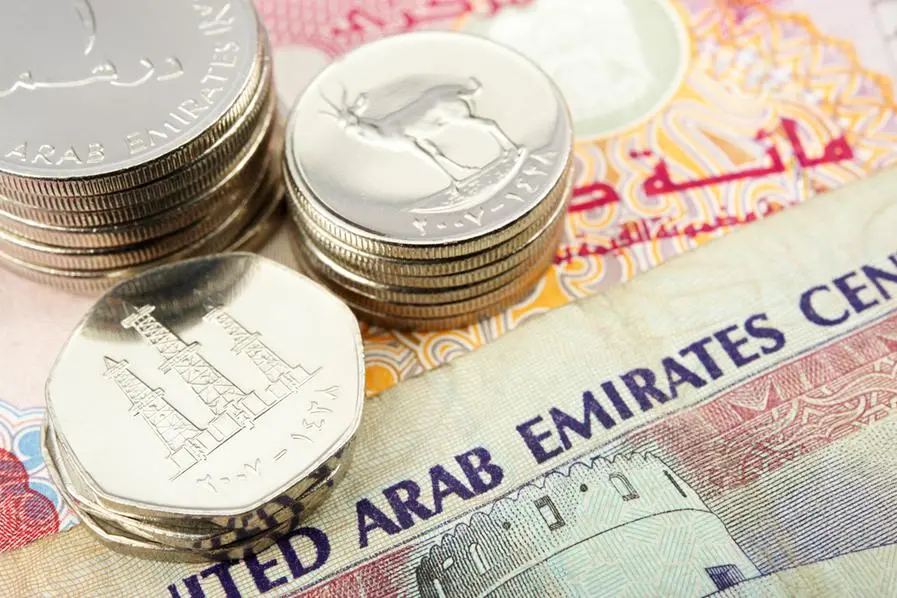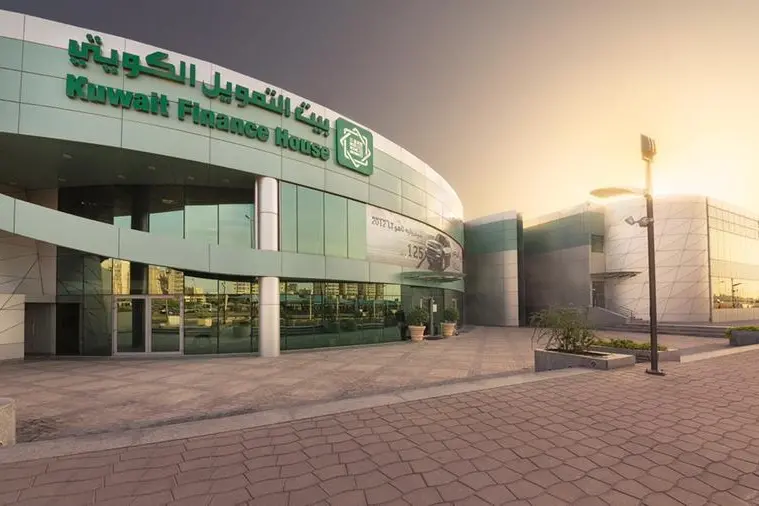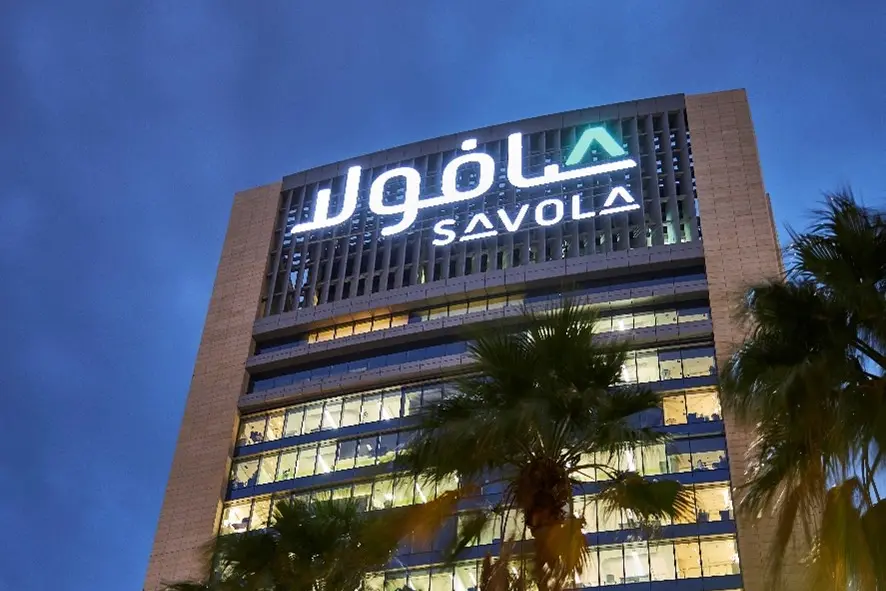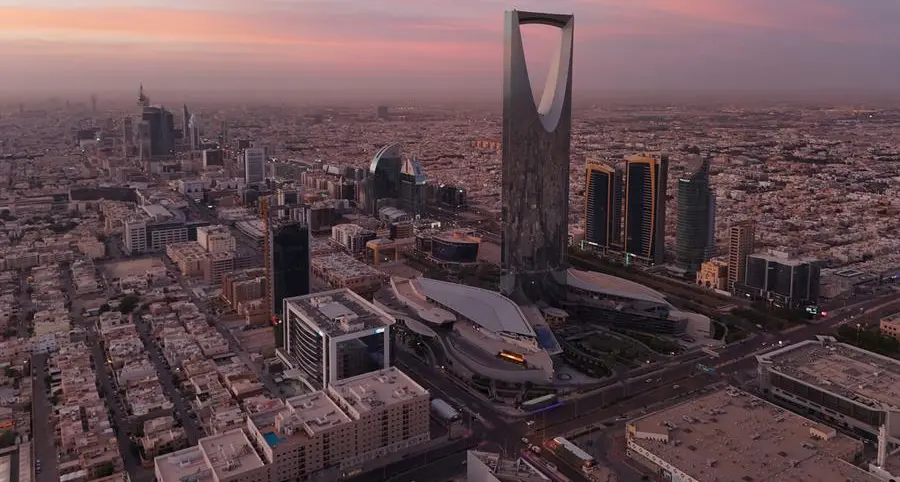PHOTO
(From left to right) Dr. Arif Sultan Al Hammadi, Executive Vice-President from Khalifa University of Science and Technology, His Excelleny Dr. Mugheer Khamis Al Khaili, Chairman of the Department of Community
Abu Dhabi, United Arab Emirates: The International Fund for Houbara Conservation (IFHC) today signed a Memorandum of Understanding (MoU) with Khalifa University of Science and Technology, at the Abu Dhabi International Hunting and Equestrian Exhibition.
The MoU will focus on scientific research and training, including robotics, intelligent systems, genetics, and genomics in breeding projects. It will also aim to provide training opportunities for students and drive employment for qualified national talent in technical and scientific roles at the Fund.
As part of the MoU, two research agreements will be initiated to further the understanding of the houbara species. The first agreement will underline the use of intelligent systems through the development of computational models to analyse data related to bird positioning, vegetation categorization, individual bird detection and distance tracking, camera traps footage analysis, and analysis of images of captive-bred birds.
The second agreement will focus on robotics through the development of a houbara robot, which will help in ecological study on-site and will assist in gathering information of wild houbara species in their natural environment. Additionally, the houbara robot will also be used to study behaviours such as mating with the goal of collecting semen from wild male houbara to enhance the genetic diversity in the captive breeding programme.
In line with the directives of IFHC’s Board of Directors, the collaboration with Khalifa University addresses the need to leverage cutting-edge research and technology to enhance the Fund's leadership and support its advanced programmes in preserving vulnerable species. Additionally, it aims to strengthen partnerships with distinguished national universities and institutions in the field of development and scientific research.
The signing ceremony took place at the IFHC pavilion and was attended by His Excelleny Dr. Mugheer Khamis Al Khaili, Chairman of the Department of Community Development, His Excellency Abdullah Ahmed Khalaf Al Qubaisi, Managing Director of the International Fund for Houbara Conservation, His Excellency Abdulla Ghurair Al Qubaisi, Director General of the International Fund for Houbara Conservation, and Dr. Arif Sultan Al Hammadi, Executive Vice-President from Khalifa University of Science and Technology.
His Excellency Abdulla Ghurair Al Qubaisi said: “This collaboration will accelerate the research objectives of the Fund and provide valuable insights into various aspects of the lives of houbara bustards and their natural habitat.
“The research agreement with Khalifa University will see robotics being utilised to help conduct behavioural studies of the houbara birds.”
Dr. Arif Sultan Al Hammadi, Executive Vice President of Khalifa University of Science and Technology said: “The Khalifa University is pleased to collaborate with the International Fund for Houbara Conservation to enhance research for wildlife protection.
“This partnership will allow the Fund to leverage the research expertise and capabilities of Khalifa University, enhancing the role of universities as prominent national research institutions in advancing the objectives of this distinctive global model for conserving endangered species.”
Dr. Arif added that this MoU creates opportunities for professors and students to engage in essential research and studies that are aimed at fulfilling the Fund's objectives. Additionally, it opens doors for some of the exceptional graduates to pursue research, studies, and specialised roles within the International Fund for Houbara Conservation, including its various centres and both domestic and international projects.
-Ends-
About the International Fund for Houbara Conservation
The International Fund for Houbara Conservation is an extension of the initiative started by the late Sheikh Zayed bin Sultan Al Nahyan, who established the Abu Dhabi Houbara Conservation Programme over four decades ago. This initiative aims to preserve houbara bustards, protect their natural habitats, and the species connected to them. It encompasses a comprehensive global strategy including scientific research, proposed protective measures, support for local communities, and the development of breeding and release programmes to enhance the wild populations of houbara.
The International Fund for Houbara Conservation was established in 2006 to carry forward the management and development of this programme on a global scale, while also enhancing its international partnerships throughout the range of Houbara Bustard distribution.
IFHC's list of international partners includes various countries across the houbara's distribution range in Asia and North Africa. This list comprises China, India, Jordan, Mongolia, Morocco, Saudi Arabia, and others. IFHC operates main centers for breeding, release, scientific research, and field studies in Abu Dhabi, Morocco, and Kazakhstan.
For more information, visit the website of the International Fund for Houbara Conservation: https://houbarafund.gov.ae/
About Khalifa University of Science and Technology
Khalifa University is a prominent research institution comprising three colleges, three institutes, 18 research centers, and 17 departments. It covers a diverse array of disciplines within science, engineering, and medicine. The university's comprehensive research and academic programs are dedicated to addressing the strategic, scientific, and industrial challenges essential for advancing the knowledge-based economy in the UAE while keeping pace with the rapidly evolving global landscape.
Khalifa University has achieved numerous accolades, consistently securing top global rankings among national universities in the United Arab Emirates. It has also earned recognition among universities in the Arab and Asian regions. The university boasts an Office of Technology and Innovation Management, which plays a vital role in safeguarding, managing, and commercializing research breakthroughs generated within the institution. This office collaborates closely with faculty, researchers, and students to identify groundbreaking inventions and transform them into viable business opportunities. It achieves this by facilitating the creation of startups and by licensing technology to industry partners, thereby contributing to the broader innovation ecosystem.
